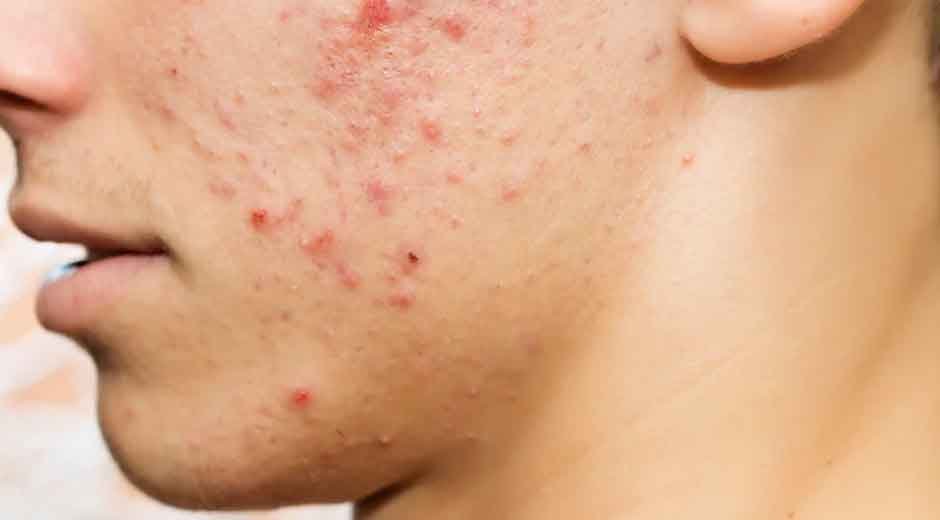Acne was once considered a teenage skin concern, but that’s no longer the case. Over the past decade, dermatologists have observed a sharp global rise in adult acne — with studies estimating a 39% increase in cases among people aged 25 and above. In Singapore, clinics now see more adults seeking help for persistent or late-onset acne than ever before. The causes are complex, ranging from stress and hormones to modern skincare habits and environmental triggers. Understanding what’s driving this rise — and when to consult a dermatologist in Singapore for acne — is key to managing it effectively.
Why Adult Acne Is Becoming More Common
1. Hormonal Imbalances Don’t Stop After Teenage Years
Even after puberty, hormone fluctuations continue to influence skin health. Women, in particular, experience cyclical surges in androgens (male hormones) before menstruation, after discontinuing birth control, or during perimenopause. These hormones increase sebum (oil) production, leading to clogged pores and inflammation.
Men are not exempt either — hormonal shifts related to stress or metabolic changes can also worsen breakouts.
2. Chronic Stress and Cortisol Overload
Modern life is fast-paced and high-pressure, and stress has a direct biochemical effect on the skin. Elevated cortisol levels stimulate oil glands, disrupt the skin barrier, and trigger inflammation. Prolonged stress also delays healing, making acne last longer and scar more easily. The result is a frustrating cycle of recurring flare-ups despite consistent skincare.
3. The Hidden Impact of Skincare and Cosmetics
Ironically, many adults develop acne because of their skincare routines. Over-cleansing, over-exfoliating, or layering too many actives (like acids and retinoids) can irritate and disrupt the skin barrier. Meanwhile, some makeup and “anti-aging” products contain comedogenic ingredients that clog pores. This phenomenon — known as acne cosmetica — is one of the most under-recognized contributors to adult breakouts.
4. Diet and Lifestyle Factors
Diets high in refined sugars, dairy, and processed carbohydrates are linked to increased acne activity. These foods spike insulin levels, which in turn raises androgen production and oil secretion. Coupled with lack of sleep and sedentary habits, the body’s inflammatory response intensifies — and the skin reflects it.
5. Environmental Triggers
Humidity, pollution, and even mask-wearing (as seen during the pandemic) can trap sweat and bacteria on the skin, leading to clogged pores and inflammation. Singapore’s tropical climate, for example, creates an environment where oil, sweat, and bacteria thrive — explaining why so many adults struggle with recurring breakouts despite diligent cleansing.
How Adult Acne Differs From Teenage Acne
Teenage acne typically appears on the forehead and nose (the T-zone) due to active oil glands, while adult acne often occurs on the lower cheeks, jawline, and chin. This pattern is strongly influenced by hormonal fluctuations and stress.
Adult skin also tends to be more sensitive and slower to heal, so harsh acne treatments that worked in the teenage years can now cause irritation, dryness, or even rebound breakouts.
The Emotional Toll of Adult Acne
Beyond physical discomfort, adult acne takes a significant emotional toll. Many individuals feel frustrated or embarrassed, believing acne should have been left behind in adolescence. The psychological impact — including lowered confidence and social anxiety — is why dermatologists emphasize early, targeted treatment over trial-and-error product use.
When to See a Dermatologist
If your acne persists for more than a few months, worsens despite home treatments, or leaves marks and scars, it’s time to see a dermatologist in Singapore for acne. A professional evaluation helps determine whether your breakouts stem from hormones, inflammation, or skin barrier dysfunction — and ensures you’re using the right treatments safely.
What to Expect During Consultation
A dermatologist will review your medical history, skincare habits, and possible triggers. Depending on severity, treatment may include:
- Topical medications like retinoids, benzoyl peroxide, or antibiotics to unclog pores and reduce bacteria
- Oral therapies such as hormonal medication, isotretinoin, or anti-inflammatory antibiotics
- Professional procedures like chemical peels, light therapy, or laser treatments to target both active acne and post-acne marks
Each plan is customized based on skin type, lifestyle, and underlying causes to prevent recurrence.
The Role of Consistent Skincare
For adults, the key to managing acne is not aggressiveness but consistency and balance. Dermatologists recommend:
- Using gentle, pH-balanced cleansers
- Applying non-comedogenic moisturizers to maintain barrier health
- Incorporating actives like niacinamide or salicylic acid gradually
- Protecting skin daily with broad-spectrum sunscreen
These habits strengthen the skin’s defenses, helping it respond better to treatment and reduce flare-ups over time.
Can Adult Acne Be Cured?
While adult acne can’t always be “cured,” it can be effectively controlled with long-term improvement in skin clarity and texture. Many patients see dramatic results within a few months of starting dermatologist-guided therapy. Maintenance care — including lifestyle adjustments and proper skincare — helps sustain those results.
Conclusion
Adult acne is no longer rare, but it doesn’t have to be a lifelong struggle. The 39% global increase reflects modern lifestyle shifts — stress, diet, hormones, and environmental factors — all of which can be managed with the right care.
Working with a qualified dermatologist in Singapore for acne ensures a tailored approach that addresses the root cause, not just the symptoms. With professional guidance and a focus on skin health, achieving clear, confident, and balanced skin at any age is entirely possible.






